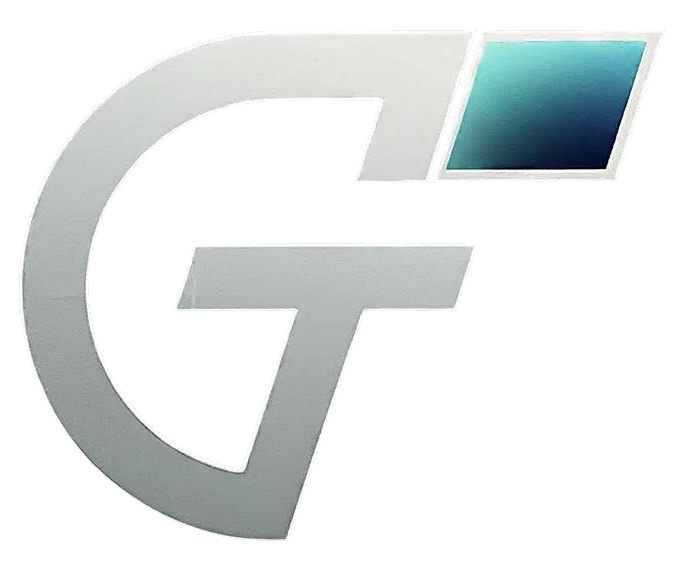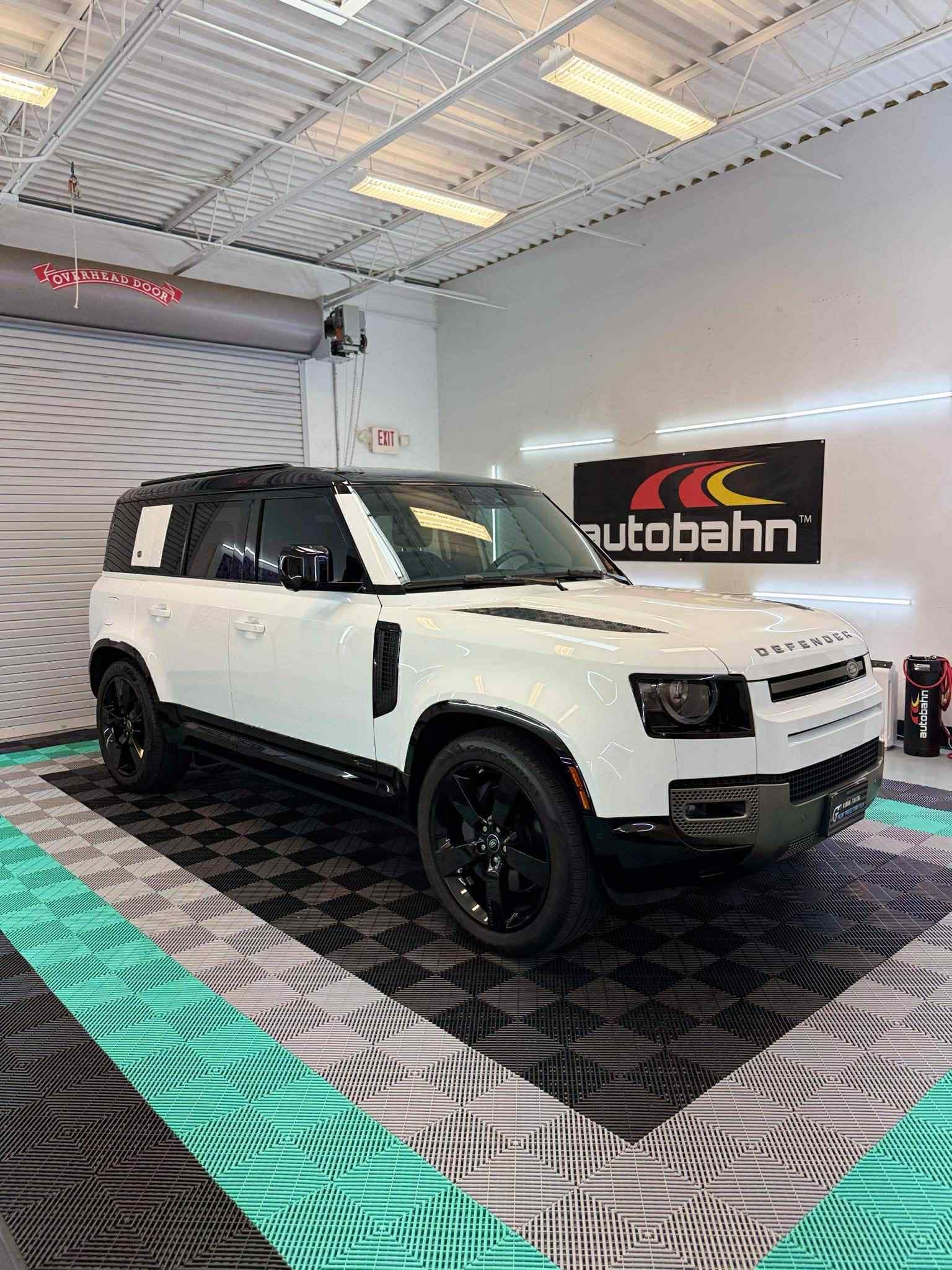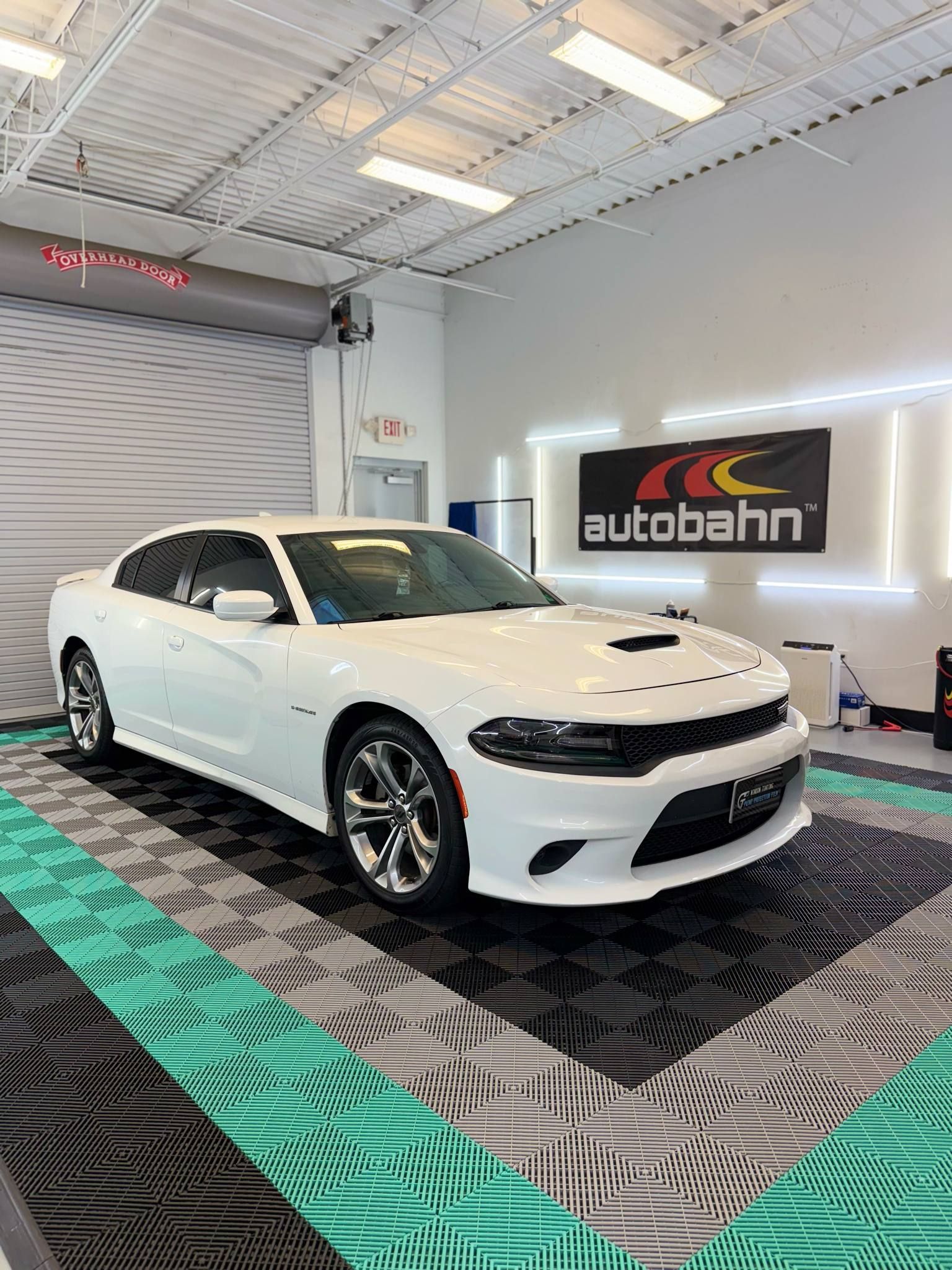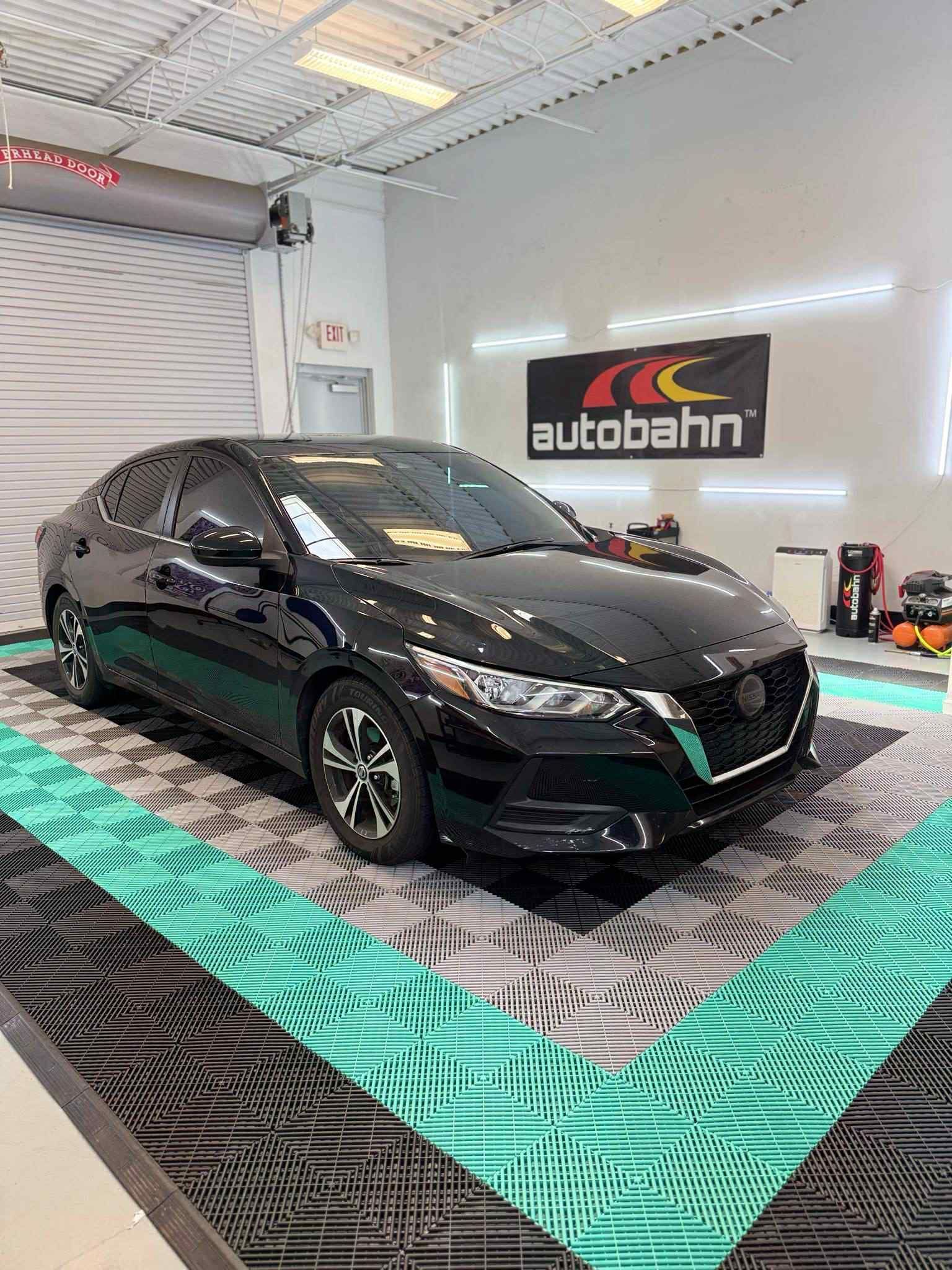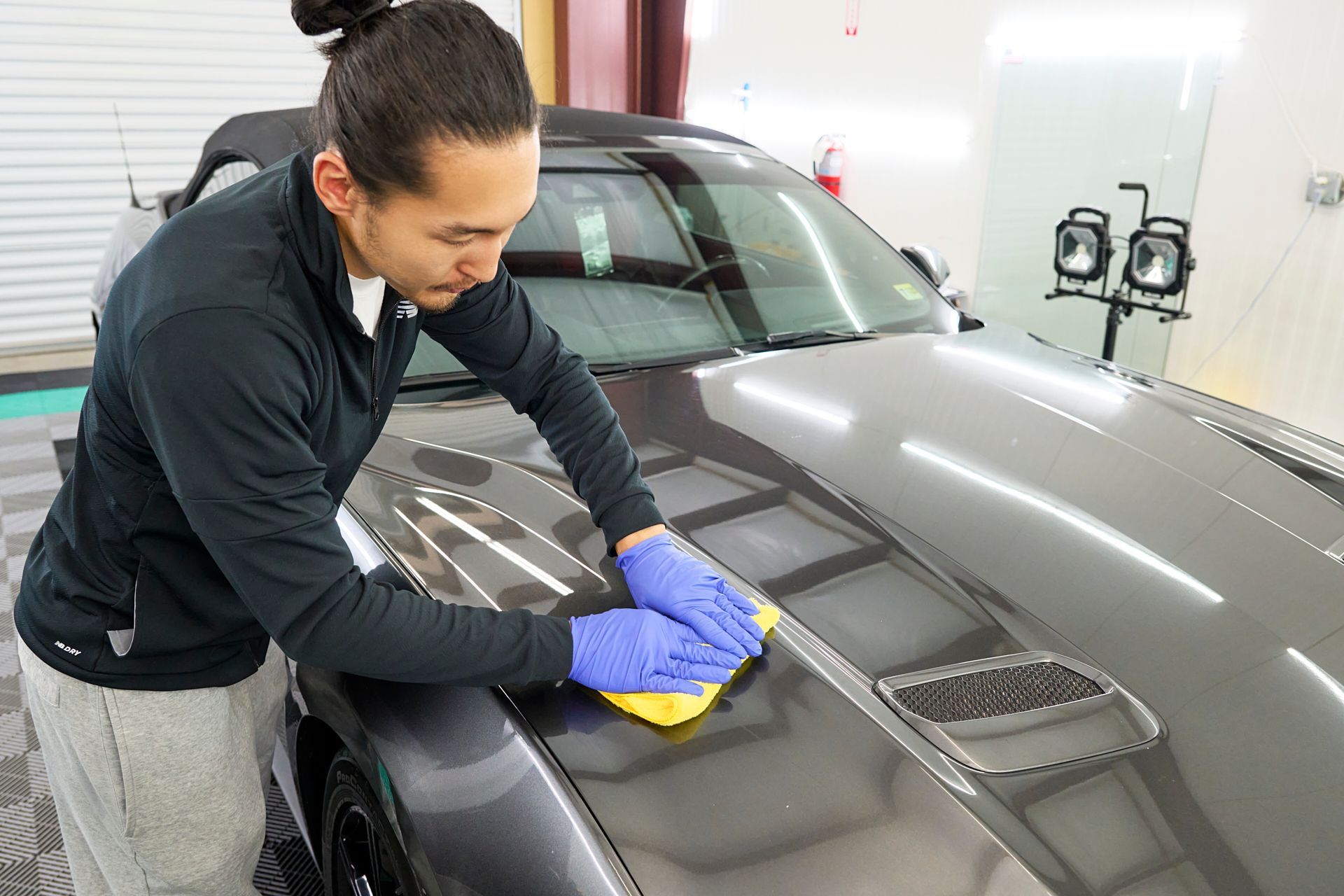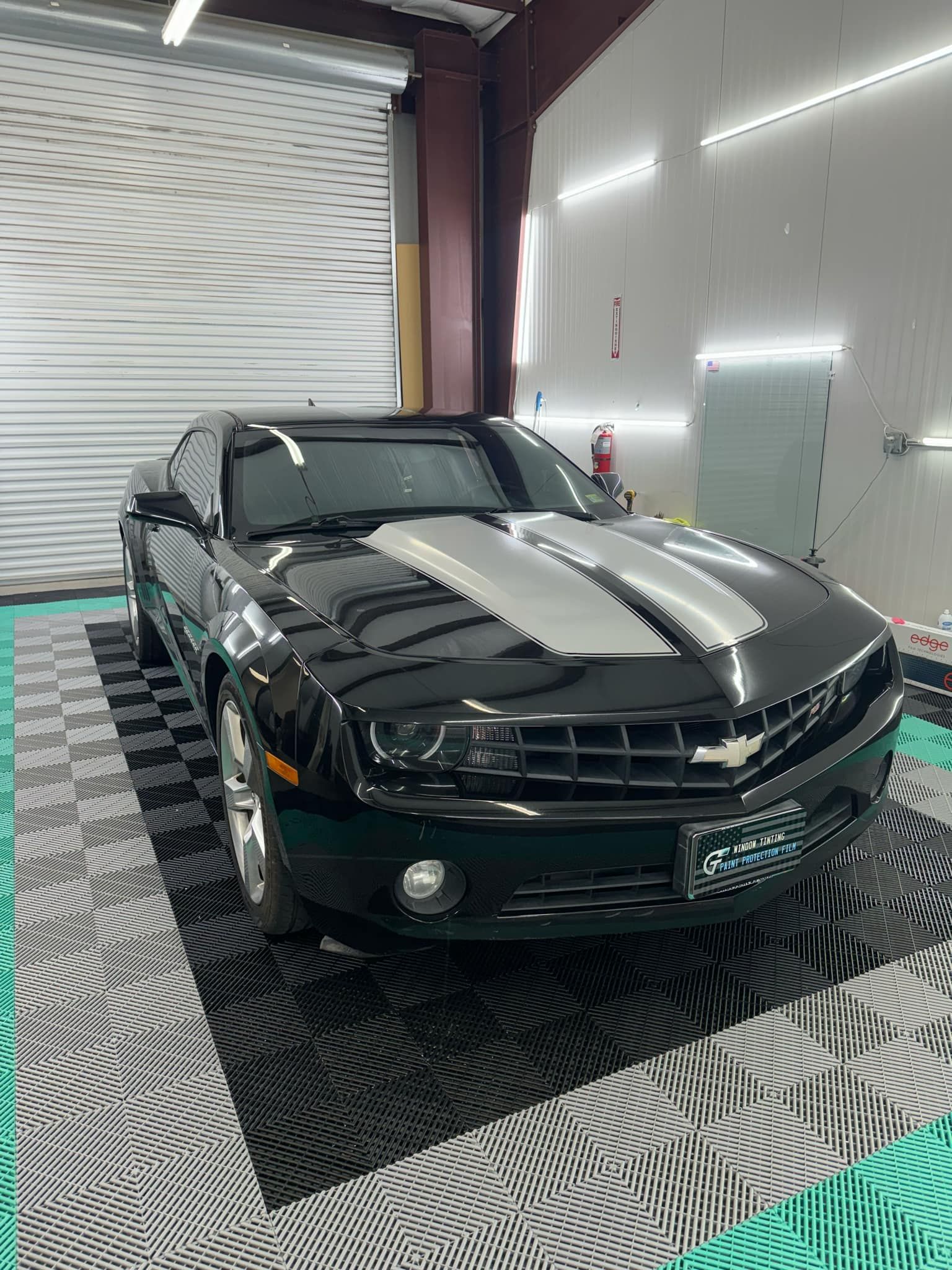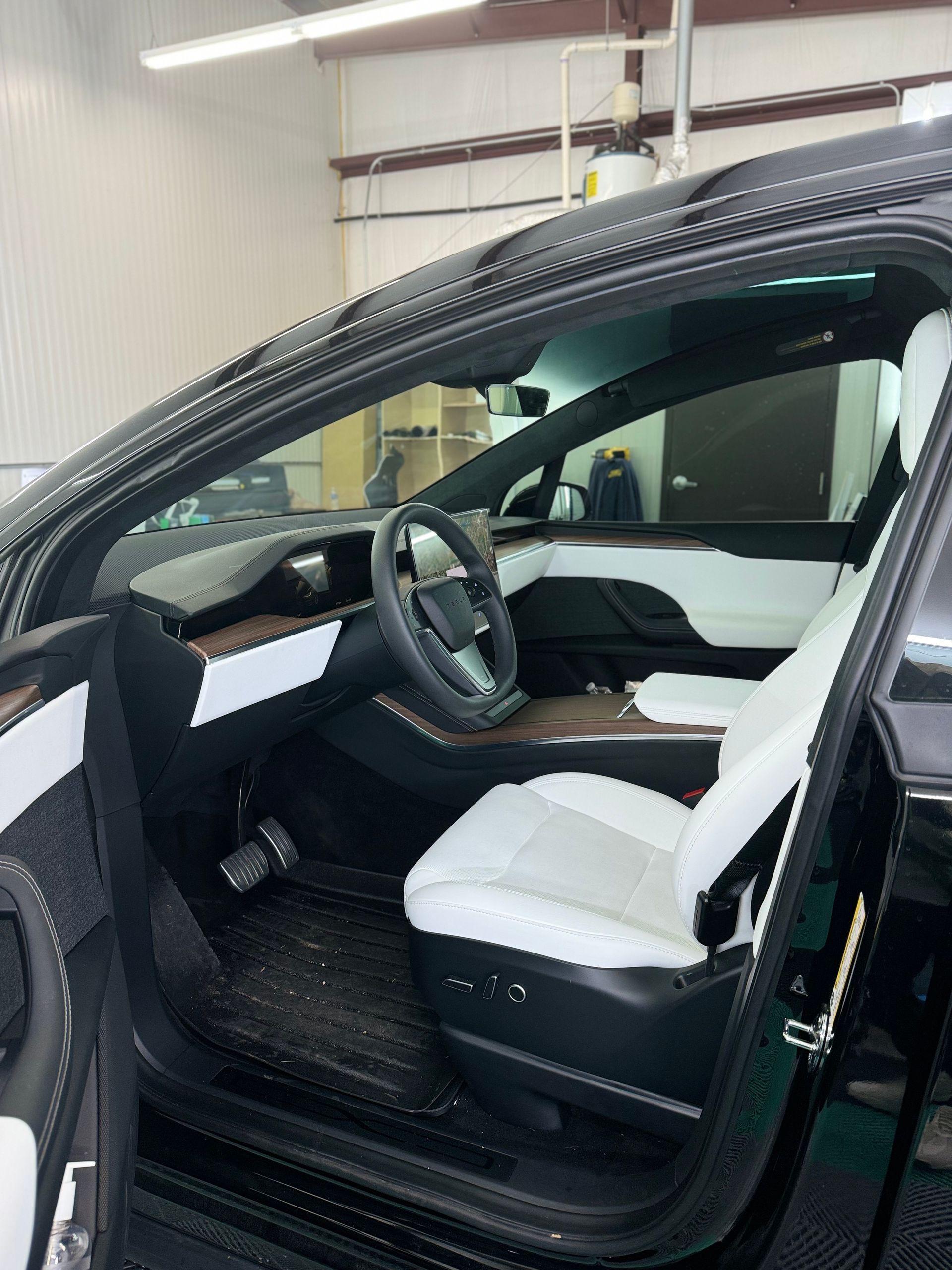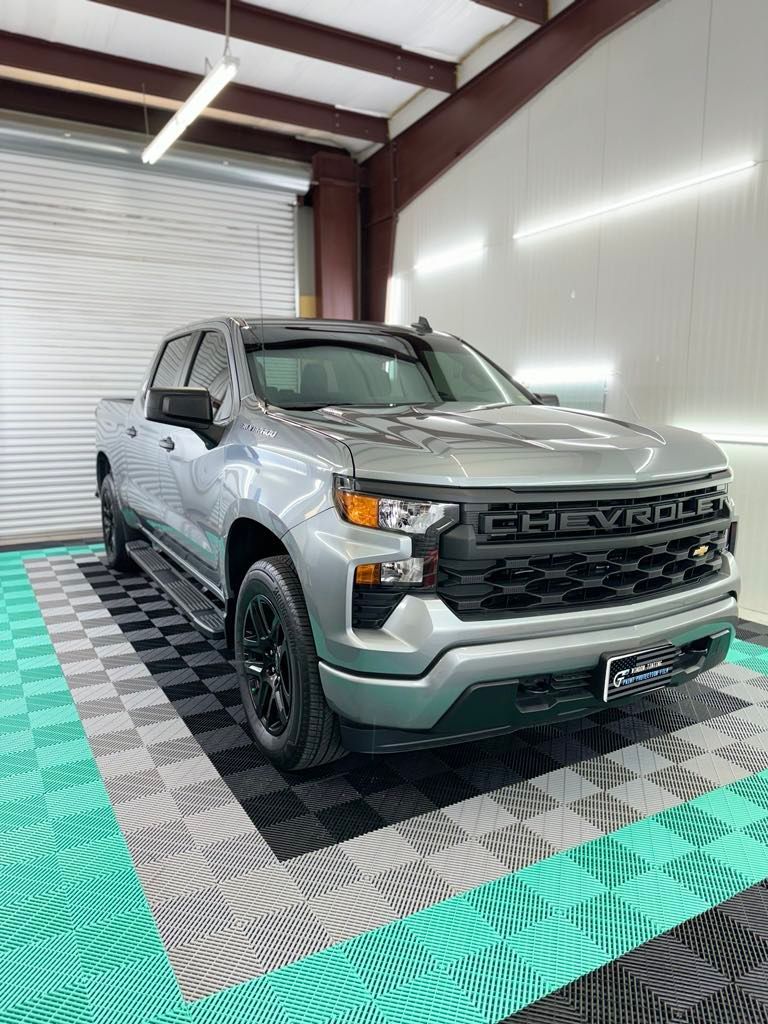Winter Window Tinting Guide: Why Ceramic Tint Is a Must for Your Winter Ride
Your complete winter tinting guide — comfort, clarity, and quality from GT Tinting Hampton VA

When you live in a region that sees chilly mornings, low-sun angles, snow reflection or road salt, your vehicle’s windows play a bigger role than you might realize. This guide will walk you through why ceramic window tint is a smart upgrade this winter, how it differs from regular tint, why the brand Autobahn stands out among ceramic films, and why your local specialist, GT Tinting LLC in Hampton, VA is the customers’ favorite for this job. You’ll come away knowing what to look for, what questions to ask, and how to make your one-time investment work for many seasons to come.
1. Why Winter Matters for Window Tinting
Let’s start with why you might think of window tinting for summer—and why winter actually makes it even more relevant.
Cold weather, winter sunlight and your windows: Even in winter, sunlight still enters your cabin through windows and can create heat load or glare, especially when snow on the ground reflects sunlight back. A high-quality window film helps reduce that unwanted solar effect.
UV rays don’t take a break just because it’s cold. Prolonged UV exposure will fade upholstery, crack plastics, make your dash look worn. Good tint blocks UV and helps preserve your interior.
Road salt, slush, moisture and freezing temperatures put extra stress on materials. Windows with poorly fitted or low-quality film may start peeling or bubbling faster in these conditions.
Low sun angles (morning/late afternoon) + snow glare = more driver fatigue. A good film helps with glare, making driving safer and more comfortable.
In short: winter means your vehicle faces different kinds of stress. So upgrading your window film now is smart—it’s not just about staying cooler when it’s hot, it’s about staying protected, comfortable and safe when it’s cold too.
2. Regular Tint vs. Ceramic Tint: How They Compare
When you shop for window tint, you’ll encounter a range of films. Let’s compare “regular” (dyed, metalized, carbon) versus “premium ceramic”.
- Regular Films (Dyed / Metalized / Carbon)
- Dyed film: uses dye to reduce visible light and block some heat. It’s budget-friendly and offers a privacy/appearance upgrade.
Pros: lower cost, decent for basic privacy.
Cons: less effective at blocking infrared (IR) heat, dye can fade/change over time, durability is lower.
- Metalized / hybrid films: incorporate metal particles to reflect heat. Better performance than dyed film.
Pros: improved heat rejection compared to dyed.
Cons: metal can interfere with electronics (radio/GPS), may degrade over time, still less performance than top films.
- Carbon film: better than dyed in many middling cases—carbon particles block more heat, resist fading better than dyed.
But still: inferior to top-tier ceramic films in durability, clarity, IR rejection.
- Ceramic Film
Uses nano-ceramic or ceramic composite particles—not metal—to block heat, UV and infrared.
-Key advantages:
High IR (infrared) rejection: that’s the deep-penetrating heat you feel and that can build up even when outside temps are moderate.
Excellent UV protection (often blocking ~99% of UV).
Superior optical clarity: less haze, better visibility (important especially in winter when light conditions are trickier).
Minimal signal interference (since no or very little metal).
Long-term durability: less fading, peeling, bubbling, edge-lift.
- Trade-off: Higher upfront cost. In short: if you’re doing this for the long haul (and especially for winter ride comfort and protection), ceramic wins out.
3. Why Autobahn Ceramic Tint is Superior
Now that you’ve decided ceramic is the way to go, you should pick a premium brand. Here’s why Autobahn stands out among ceramic films.
- Advanced Technology & Performance
Autobahn’s ceramic film technology uses premium, multi-layer ceramic construction which delivers strong IR rejection, UV protection, clarity and durability. Their literature emphasizes “exceptional heat rejection, color and clarity” for their Ceramic i3 line.
That means: even when the sun is low (winter morning/evening), you get the performance advantage. Lower sun angles plus snow reflection = tricky lighting conditions. Autobahn clarifies that their ceramic film handles that well.
- Lifetime Warranty
One of the most important factors is warranty and durability. Autobahn offers a lifetime warranty on many of their films. That means you invest once, done. When you choose a premium film + premium installation, you reduce the risk of needing replacement soon—a big benefit in winter when conditions are harsher.
- Real-World Reputation
Users and installers in the industry cite Autobahn as being among the very best for clarity and performance. One installer comment:
“The low angle haze difference from Autobahn to ANY other ceramic film I’ve seen is insane.”
That matters when winter glare and light angles are unforgiving.
- Durability in Harsh Conditions
Winter brings salt, slush, freeze-thaw cycles, moisture. A premium film that resists edge-lift, peeling, bubbling, provides long-term value. That’s why Autobahn’s durability features matter.
Summary — What it means for you
By choosing Autobahn ceramic tint, you’re not simply buying “a nicer tinted look”. You’re buying long-term comfort, clarity, protection from sun/UV, better resale value, and less hassle. Especially in winter ride conditions, the performance gap widens between budget film and premium ceramic.
4. Why Ceramic Tint Costs More — And Why It’s Worth It
It’s tempting to pick the cheapest tint option, but here’s how to view it as an investment rather than just a cost.
The Cost Breakdown: When picking a premium ceramic film (such as Autobahn) and high-quality installation you’re paying for:
Higher cost materials (nano-ceramic particles, multi-layer film)
Manufacturing standards, testing, premium warranty
Premium installation (proper surface prep, no shortcuts, trained technician, precise cuts)
Transparency of warranty, longer lifespan, better optics.
Value Over Time
A cheaper film may last fewer seasons, fade, peel, or perform poorly in tough conditions (winter glare, salt exposure).
With premium film + pro install, you essentially do it once and forget it (in many cases). Because less degradation, less replacement cost.
If you sell your vehicle later, a premium tint + lifetime transferable warranty is a selling point.
Winter Ride Advantages
When you drive in winter, you face: lower sun angles, glare off snow, road salt and slush, condensation/ice on windows, rapid temperature changes. That takes a higher quality film to perform well. A cheap film may degrade faster in such conditions. So the “cost premium” is even more justified if your vehicle is used year-round.
Less Maintenance, Less Cost Later
Premium films resist edge-lift, bubbling, peeling—common issues in harsh weather. Plumbing the cost per year, you’ll find the premium nearly always wins in ROI. You avoid the hassle of having to redo non-premium tint, or live with performance loss.
Bottom Line
Yes—the initial cost is higher. But if you think in terms of long-term benefit (comfort, clarity, interior protection, resale value, less maintenance), the premium ceramic route offers strong value.
5. Why GT Tinting in Hampton, VA Is the Customer’s Favorite
You know what film you want (ceramic, ideally Autobahn), now you need a shop that can install it properly. Quality matters. Here’s why GT Tinting LLC in Hampton stands out.
Local Authorized Dealer Status
GT Tinting is an authorized dealer for Autobahn film. That matters because when you buy premium film you want genuine product and full warranty support. Installing film is only half the job; correct installation and warranty handling matter.
Quality Installation & No Shortcuts
GT Tinting emphasizes that they don’t cut steps. Their process is: full prep of glass, old film removed if present, computer-cut templates, precision fit, edge sealing, no dust, clean environment. They make it clear they will redo work if it doesn’t meet their standards. This shows a level of professionalism that matters, especially in winter conditions when things like edge lift matter.
Personalized Service & Honest, Reliable Work
They treat your car like their own, gives you the correct shade/timeframe, explains care instructions, and is transparent (no gimmicks). The owner takes pride in his work—and it shows in reviews.
Strong Reputation & Reviews
With 290+ reviews (as you mention) backing up their claims, GT Tinting has social proof. That matters for demonstrating trustworthiness—one of the key elements in today’s SEO world (we’ll get to that later). Customers consistently mention cleanliness of facility, quality of work, customer service and long-term performance.
Service Tailored to Winter Ride Conditions
GT Tinting offer film options that have high IR rejection (e.g., “93% IRR + 99% UV protection”) which is especially relevant for winter comfort and clarity. They know your region (Hampton Roads, VA) and understand the seasonal conditions (sun glare, salt, humidity). So you’re getting a shop that understands local conditions—not a generic national chain.
Why This Matters for YOU
When you pay premium for film, you also pay for quality installation. A cheap job may undermine the advantages of premium film (mist fit = no bubbles, leaks, lift). With GT Tinting you’re buying peace of mind: film + install + warranty + local expertise.
6. Winter Window Tinting: What to Expect Step-by-Step
If you’re booking soon, here’s a walkthrough of the process so you know what to ask/expect. Having a clear process helps you evaluate whether the shop (GT Tinting or others) is doing things right.
Pre-Installation
Vehicle arrival: Clean interior, especially glass. Remove any old film if present.
Check the vehicle’s glass condition: chips/cracks should be repaired ahead if possible.
Decide on shade (VLT – Visible Light Transmission). In Virginia you’ll need to stay within legal limits.
Select film brand (Autobahn ceramic), get specs (IR rejection %, UV protection %, warranty).
Book installation ahead of heavy winter conditions to avoid delays.
Installation Process
Technician uses computer-cut template for each window (pre-cut film shapes). This reduces install time and errors.
Glass is cleaned meticulously: remove adhesives, residues, oil, small debris.
Film is applied: squeegee out water, ensure edges are sealed, no visible dust or bubbles, precise fit around defrosters/curves.
Rear windows/windshield: special care with defroster lines, curvature, ambient freezing/moisture risks.
Quality check: clarity, no haze, no edges lifting, uniform finish.
Curing & After-Care
Most shops tell you: Wait certain hours before rolling down windows or washing. The adhesive needs to cure.
In winter: Avoid blasting cold defrost on film too soon; ease into it. Also remove snow/ice gently (soft brush/plastic scraper, avoid edges).
Clean with non-ammonia cleaner (ammonia can degrade adhesives/films).
Regularly wash off road salt/ slush—salt at the window edges can degrade film or adhesives.
Monitor film edges for lift/bubble—if under warranty, report early.
Legal & Visibility Considerations
In Virginia, there are legal limits for window film VLT. Make sure the shade you pick is compliant—important for safety and avoiding tickets.
In winter, visibility can already be compromised (low sun, snow, dusk). So selecting too dark a shade may reduce visibility—and that defeats part of the “comfort & safety” goal. Discuss with installer the best shade for your use-case (e.g., 20-35% VLT might be a safe balance).
Ensure rear-window heaters/defrosters still function properly after film application.
Winter-Specific Tips
Park in garage or sheltered spot if possible to reduce rapid freeze/thaw cycles on your windows and film.
Use soft brush/plastic scraper for ice—don’t go aggressive around film edges.
Wash your vehicle (including windows) frequently to remove salt/grit.
Use the heater’s defrost mode gently initially rather than max blast when cold to reduce stress on film and glass interface.
By knowing this process, you’ll be better prepared, better able to evaluate the shop and installation quality—and ensure your investment pays off.
7. Frequently Asked Questions (Winter Window Tinting)
Here are some common questions folks have—especially when thinking about tinting for winter.
Q: Will window tint help keep my car warmer in winter?
A: Yes. While many think of tint for cooling in summer, a high-quality film also helps reduce temperature fluctuations by minimizing heat loss through windows, blocking IR or solar gain when the sun’s out, and reducing glare that can lead to fatigue. It’s about comfort as much as temperature.
Q: Can I get a tint that’s too dark for winter driving (visibility issues)?
A: Yes. Because winter has lower sun angles, earlier dusk, more glare off snow, very dark film might reduce visibility. That’s why it’s worth discussing with your installer the optimal VLT for your local conditions. A trusted shop like GT Tinting in Hampton will guide you.
Q: Does ceramic tint perform significantly better in winter glare / snow reflection / low sun angle conditions?
A: Yes. Because ceramic film offers superior clarity, higher IR/UV rejection and less haze, you’ll benefit more when glare and difficult lighting happen (snow, low sun, frost). Budget films may struggle in those conditions.
Q: Will cold weather damage the film, or cause peeling/bubbling?
A: If installed correctly, premium films like Autobahn will handle winter just fine. Problems arise when low-quality film, rushed installation, poor surface prep or exposure to salt/ice/grit without proper maintenance. Choosing premium film + shop = reduced risk.
Q: How soon after installation can I roll down windows or use defrost?
A: Most shops recommend waiting a certain period (often 24-48 hours) before rolling down windows. With defrost/heat, avoid blasting max cold/heat immediately; ease in to let adhesive cure properly.
8. Choosing the Right Tint Shade & Performance for Winter Conditions
Selecting the correct shade of film and performance specs is crucial—especially given the unique light and road conditions in winter.
Tint Shade (VLT)
Lower VLT (5-15%) = darker film: more privacy, more heat/UV/IR rejection—but potentially reduced visibility in low light.
Higher VLT (35-50%) = lighter film: better visibility in dusk/snow, but slightly less performance.
For winter conditions: many choose middle ground (20-35%) for balanced performance & visibility.
Performance Specs to Look For
IR Rejection (IRR): The film’s ability to block infrared heat. Premium films might offer 90 %+ IR rejection. Important for reducing solar heat load even when ambient temps are lower.
UV Protection: A good film blocks ~99% of UV rays, protecting interior and skin.
Visible Light Transmission (VLT): Ensure compliance with legal limits and visibility needs.
Clarity & Glare Reduction: Especially critical for snow glare, low sun angles, frost, dusk. Premium film delivers better clarity.
Warranty & Durability: Ensure the film brand offers a lifetime or long-term warranty, and that the installer is certified.
Legal Compliance: In your region (Virginia), front side windows must meet certain VLT limits, rear may vary. Installers like GT Tinting will handle that.
9. Case Study: Putting It All Together for Your Winter Ride
Let’s walk through a real-life scenario so you can see how this comes together.
Scenario:
You live in the Hampton Roads area (Hampton, VA). You drive an SUV that you use year-round. You want better comfort, less glare, better interior protection, especially through winter. You decide to upgrade your windows before heavy cold/slush season hits.
Approach:
You choose GT Tinting in Hampton since you live locally and they are an authorized Autobahn dealer.
You decide on the Autobahn Ceramic i3 film (premium tier) for the best performance.
You pick a VLT of 20% for the side and rear windows (enough visibility in dusk/snow, good performance) and 35% for the front side windows (balancing legal compliance + comfort).
At appointment: old film removed (if any), glass cleaned thoroughly, computer-cut film applied, edge sealing, no bubbles, no dust.
After installation: you wait the recommended time before rolling windows. You follow advice: clean off salt after slush days, use soft ice tools, avoid harsh chemical cleaners.
Winter arrives: you experience less glare off snow, less annoying light in mornings/late afternoons, better comfort while heated cabin runs, your interior seats are protected from UV fading, your film shows no signs of bubbled edges, peeling or other issues.
You later sell the vehicle: you mention premium Autobahn ceramic tint + lifetime warranty + professional installation by GT Tinting—this adds value in listing.
Result:
You’ve made one quality investment that covers many seasons, enhances comfort, protects your investment, and delivers peace of mind.
10. Final Thoughts & Next Steps
If you’re reading this and thinking “Should I do window tinting this winter?” the answer is yes—but do it right.
Choose ceramic window tint rather than budget film. Pick a premium brand (Autobahn) with strong performance specs and warranty.
Use a professional installer who understands your local climate (GT Tinting in Hampton, VA is a great example).
Understand your vehicle usage (winter light conditions, snow/glare risk, road salt) and choose appropriate shade and specs.
Think of this not as a one-season fix but a one-time investment with long-term benefit: comfort, clarity, protection, resale value.
Your next steps:
Reach out to GT Tinting LLC in Hampton, VA for a quote and ask about the Autobahn ceramic film options.
Ask specifically for performance specs: IR rejection %, UV protection %, warranty details, installation process.
Book before winter weather kicks in fully—install early if possible.
After installation: follow care instructions, wash off salt, avoid aggressive ice removal near film edges, and monitor the film’s condition annually.
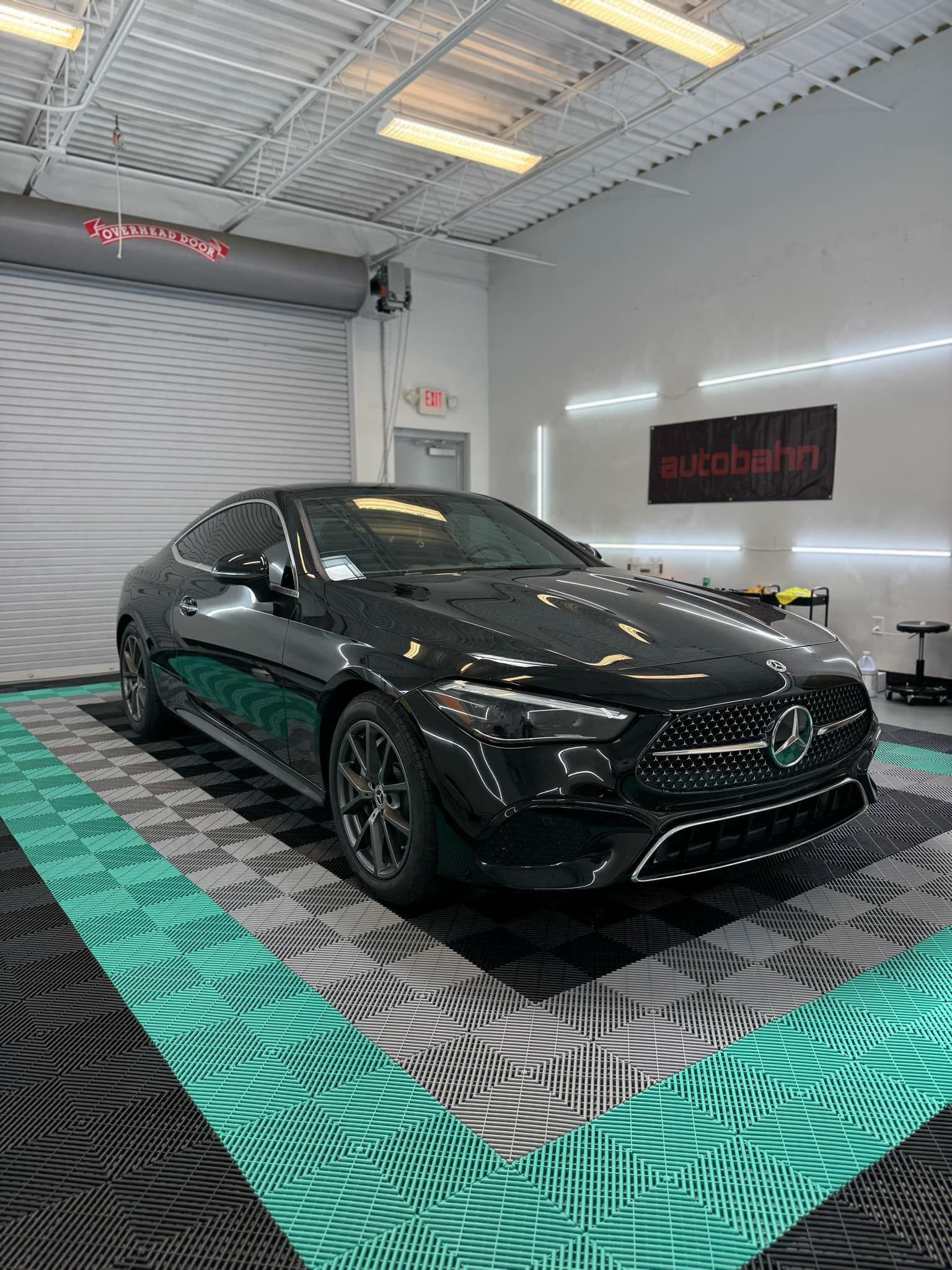
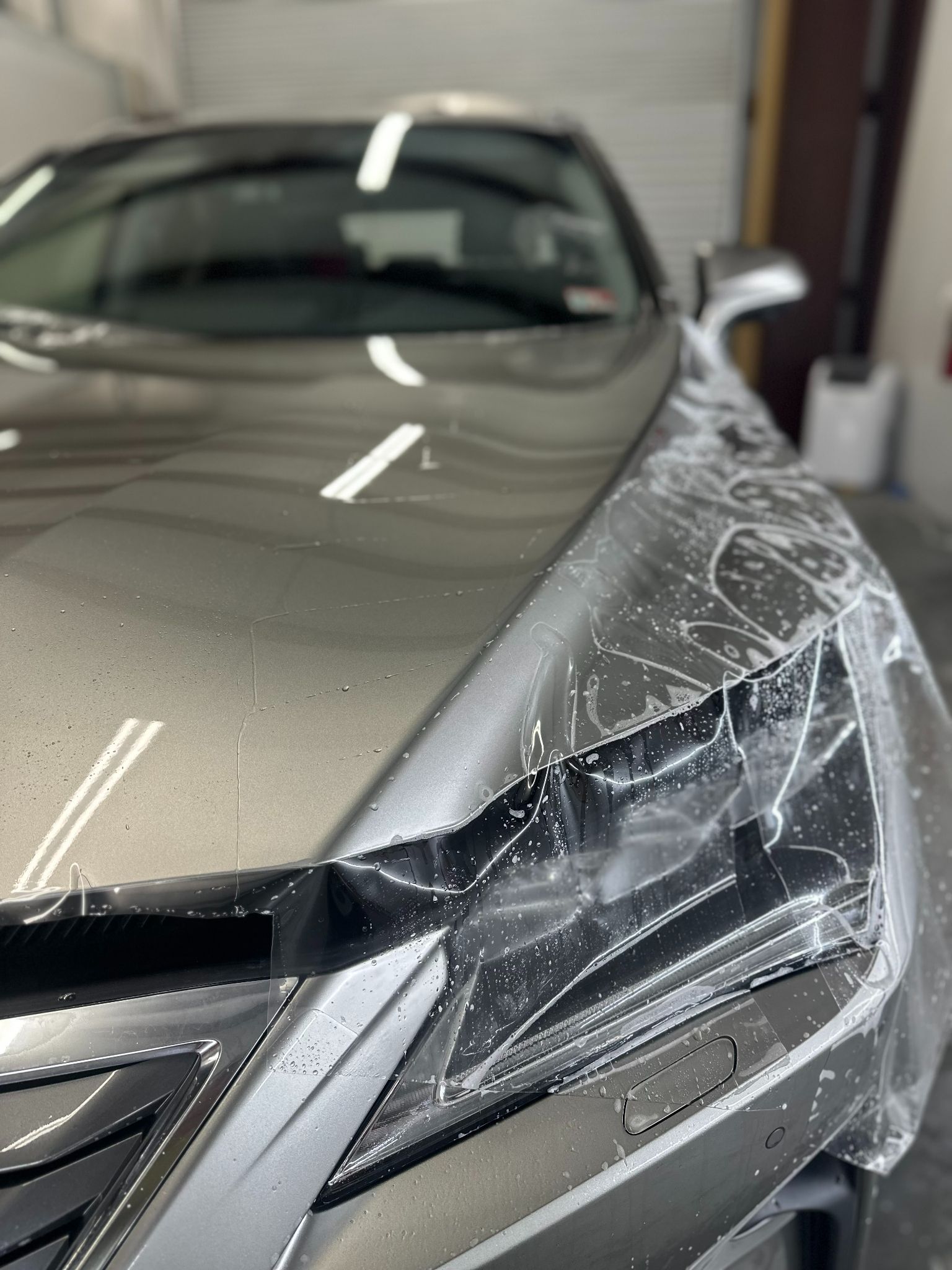
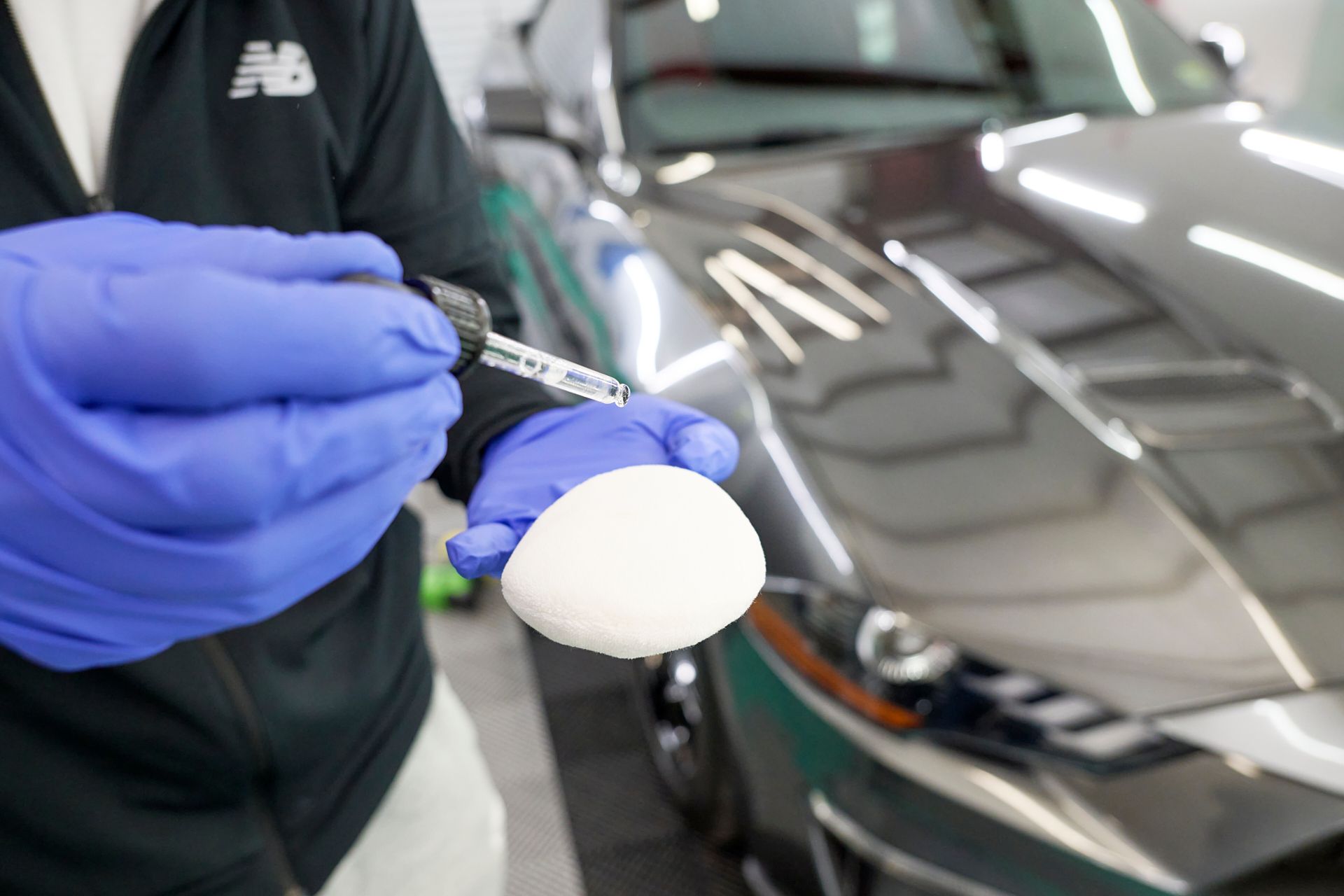
Stay Cool. Look Cooler.
Founded in 2023, GT Tinting LLC is your trusted expert in window tinting and paint protection film (PPF) services for vehicles and properties in Hampton, Virginia. We take pride in every project whether it’s enhancing your car’s comfort, increasing privacy at home, upgrading your business space, or protecting your vehicle’s paint.
CALL (757) 770-4700
BOOK NOWGet a Quote
Hours of operation
Monday - Sunday: 8:00 AM - 5:00 PM
